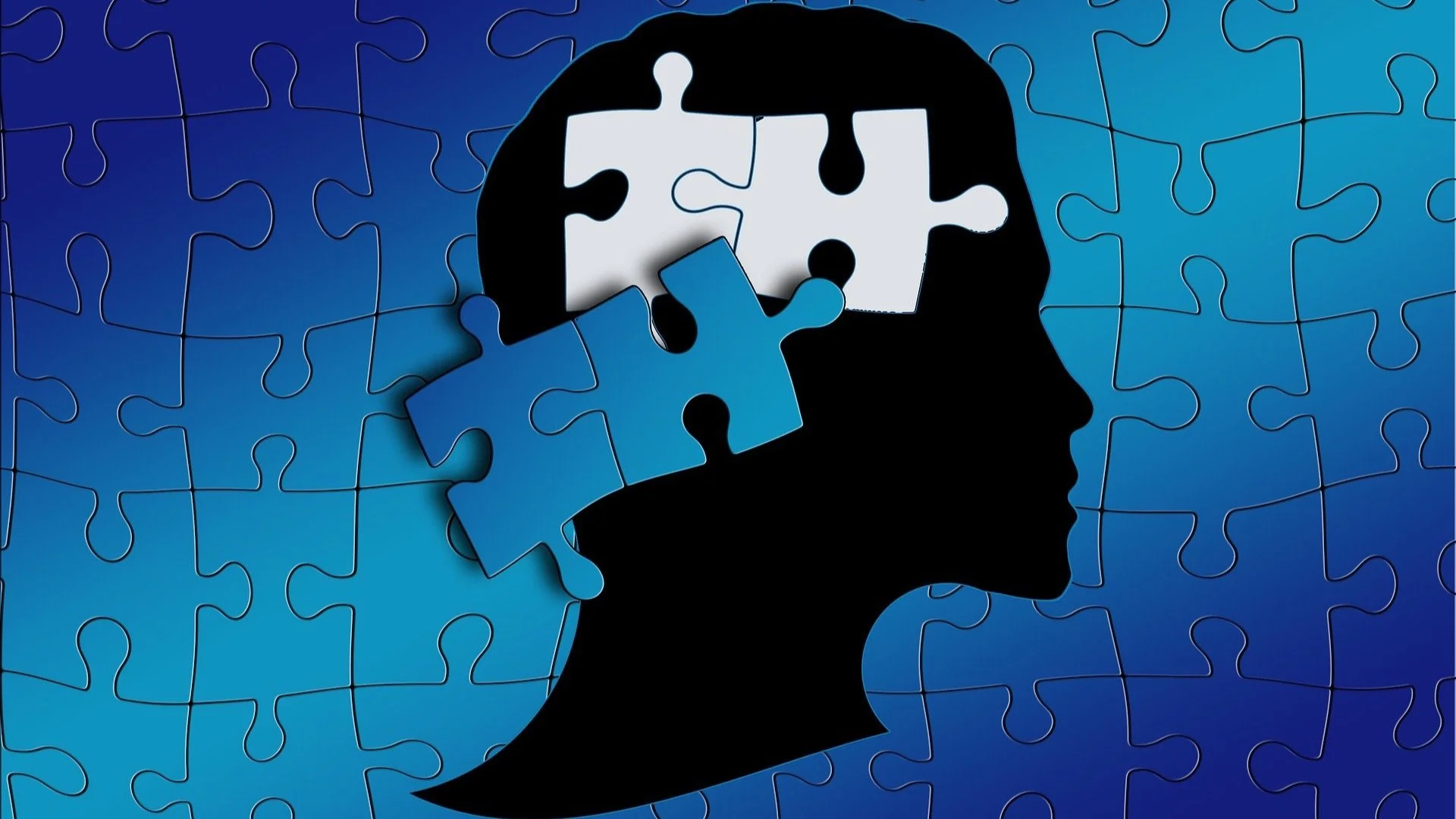Navigating AuDHD
What is AuDHD? It’s the term used to describe when a person experiences both traits of Autism and ADHD. Whether someone self identifies with this, or is seeking a professional diagnosis - it’s often confusing to navigate. It’s also often overlooked because of overlaps that may mask certain traits. Masking is described as camouflaging to fit in when interacting with others. Research shows that girls and women often hide their traits well as a coping mechanism, which can cause their neurodiversity to be missed.
For someone with both autism and ADHD (AuDHD), life can feel like a constant internal tug-of-war. It’s a daily negotiation between two strong, often contradictory, neurological drives. This can lead to a profound sense of not quite fitting into any single category—a feeling of being neither "this" nor "that."
The core of this experience is the clash between the traits of each condition. You might experience a unique blend of characteristics that looks something like this:
Routine vs. Novelty: Your autistic brain thrives on predictability, routine, and sameness to feel safe and regulated. At the same time, your ADHD brain craves novelty, stimulation, and spontaneity to stay engaged. This can result in cycles of creating meticulous plans, only to impulsively abandon them for something new, leading to feelings of frustration and failure.
Hyperfocus vs. Distraction: You might have the autistic ability to deep-dive into a special interest for hours (hyperfocus), but your ADHD distractibility can pull you away mid-task, leaving many projects unfinished.
Social queues vs spontaneous conversations: You may have difficulty reading social cues or knowing when to speak, which can be masked by the energetic and spontaneous conversation style that often comes with ADHD. Carrying the conversation forward feels weird, but so does awkward silences and so you tend to fill that void even if it’s irrelevant to the current topic of conversation.
Social Withdrawal vs. Impulsivity: You may feel the autistic need to withdraw from social situations to avoid overwhelm, while your ADHD side impulsively blurts things out or craves social interaction, leaving you feeling exhausted and socially akward.
This internal conflict isn't just confusing—it can be mentally exhausting and impact your sense of self. Because the AuDHD experience is different from having only autism or only ADHD, you may feel like you don't fully belong in either community.
Having AuDHD isn't about being a "mix" of two conditions. Considerably linked to genetics, it’s about being a unique and distinct neurotype, with its own set of challenges, strengths, and a way of seeing the world that is entirely its own.
Talking with a counsellor in a safe place can help you untangle conflicting thoughts, learn more about yourself, identify your strengths, and find ways to handle problems to feel better.
References
Hours C, Recasens C, Baleyte JM. ASD and ADHD Comorbidity: What Are We Talking About? Front Psychiatry. 2022 Feb 28;13:837424. doi: 10.3389/fpsyt.2022.837424. PMID: 35295773; PMCID: PMC8918663.
Quinn PO, Madhoo M. A review of attention-deficit/hyperactivity disorder in women and girls: uncovering this hidden diagnosis. Prim Care Companion CNS Disord. 2014;16(3):PCC.13r01596. doi: 10.4088/PCC.13r01596. Epub 2014 Oct 13. PMID: 25317366; PMCID: PMC4195638.
Ribasés M, Mitjans M, Hartman CA, Soler Artigas M, Demontis D, Larsson H, Ramos-Quiroga JA, Kuntsi J, Faraone SV, Børglum AD, Reif A, Franke B, Cormand B. Genetic architecture of ADHD and overlap with other psychiatric disorders and cognition-related phenotypes. Neurosci Biobehav Rev. 2023 Oct;153:105313. doi: 10.1016/j.neubiorev.2023.105313. Epub 2023 Jul 13. PMID: 37451654; PMCID: PMC10789879.
https://www.autismawareness.com.au/navigating-autism/autism-in-women-and-girls

